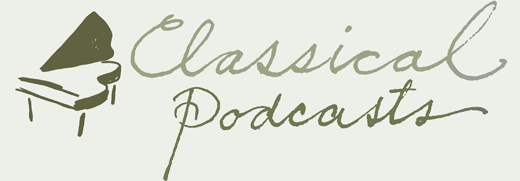Listening Guide
The Work
Dates of composition: 1888-1898
Places of composition: Hamburg and Vienna
Type of composition: 12 “Lieder und Gesänge” for solo voice in versions with piano and orchestral accompaniment.
Orchestration: piccolo, 2 flutes, 2 oboes, English horn, 2 clarinets, bass clarinet, 3 bassoons, contrabassoon, 4 horns, 2 trumpets, trombone, tuba, timpani, triangle, rute, military drum (tamburo militare), tamtam, bass drum, cymbals, harp and strings
Note: Der Schildwache Nachtlied, Verlorne Müh‘, Trost im Unglück, Wer hat dies Liedlein erdacht, and Wir geniessen die himmlischen Freuden (the latter to become the finale of the Fourth Symphony) were published under the title Humoresken by Weinberger (1899-1900). The compilation of twelve lieder that has come to be known by the title Des Knaben Wunderhorn was published for the first time in 1970 by Universal. In that edition, the editors substituted Revelge and Der Tamboursg’sell (written between 1899 and 1901) for the last two songs, Es sungen drei Engel and Urlicht, which became movements of the Third and Second Symphonies. Revelge and Der Tamboursg‘sell were first published as part of Sieben Lieder Aus Letzter Zeit.
EMI CDC 7 47277-2
Elisabeth Schwarzkopf, soprano
Dietrich Fischer-Dieskau, baritone
London Symphony Orchestra
George Szell, conductor
Buy this CD on Amazon.com
